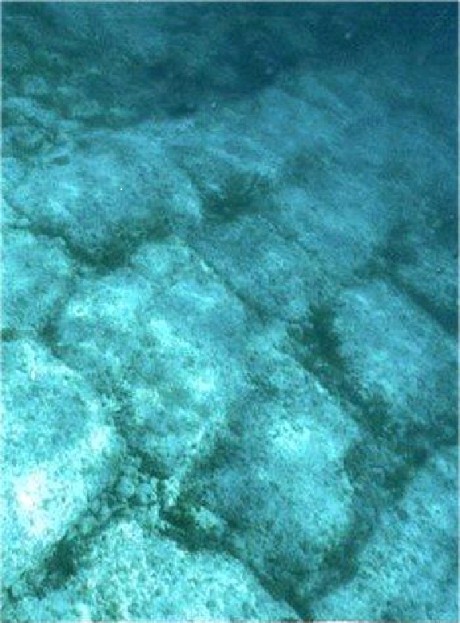
From 1924 to 1944, Edgar Cayce, the "sleeping prophet" (so called because he had prophetic trances), predicted that Atlantis was in the Caribbean, Central America, and northern Southern America. He claimed that they had, indeed, formed a great civilization. They used a great power source in every home, the power of electromagnetic energy. Unfortunately, they were split in two factions: the evil Sons of Belial and the good Sons of the Law of One. He claimed that the Atlanteans had fought over whether to use their power for good or evil and destroyed the continent. Cayce placed Atlantis in the Caribbean and claimed that the Bahamas were the last remaining ground of Atlantis above water. He predicted that during the late sixties, Atlantis would rise again.
In 1924, believing legends of ruined cities with great power sources in Brazil, Colonel Percy Harrison Fawcett travelled into the rain forest. He, and his son and his best friend, were never seen again. Wild theories abounded, He was living in a theosophical commune worshipping his son. He was killed by the Kalapala Indians. He was killed by wild animals. He lost his memory and became the chief of a tribe of cannibals. He was killed by "fierce Indians" east of the Kalapala camp. His theory of a great empire with power sources like Cayce claimed were in Atlantis might have inspired Cayce, if his manuscript hadn''t been published in 1950, 26 years after Cayce began talking about Atlantis.
Although Cayce's followers claimed that he was correct and used the Bermuda Triangle (which they believed was the Atlantean firestone disintegrating ships and planes) as evidence, they had no proof until the late sixties. In September of 1968. a group if stone blocks 875 yds (800 m) long was found. Each block was up to 5 yds (5 m) long and 98 in (250 cm) wide. Carbon-14 dating shows that the Road is from 6,000 - 8,000 B. C. Researchers speculated that it was the remains of a pier, the last remnant of a great ancient civilization that was completely unknown.
This may be seen as compelling evidence, especially since the theory of the Bermuda Triangle was only thought up by George X. Sand in 1952. Sadly, the Bimini Road proved to be merely a natural formation, formed by sediment and erosion. Without the road, there is no proof of whether the Caribbean is Atlantis. And so Cayce's case is unsubstantiated.